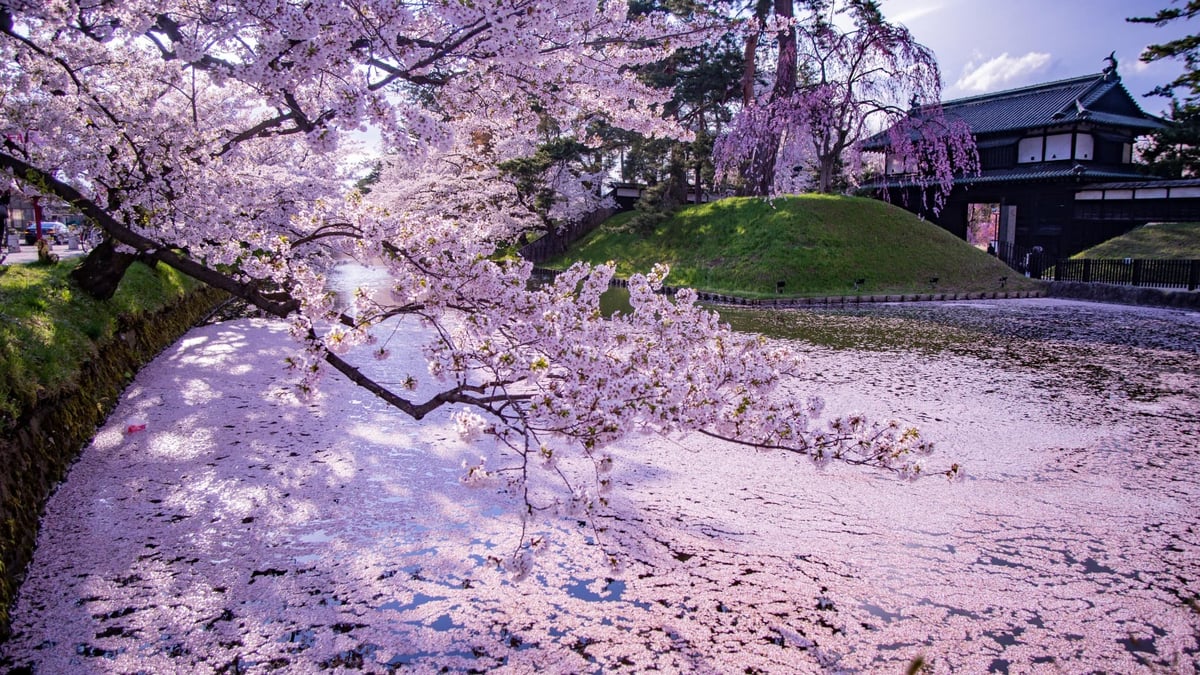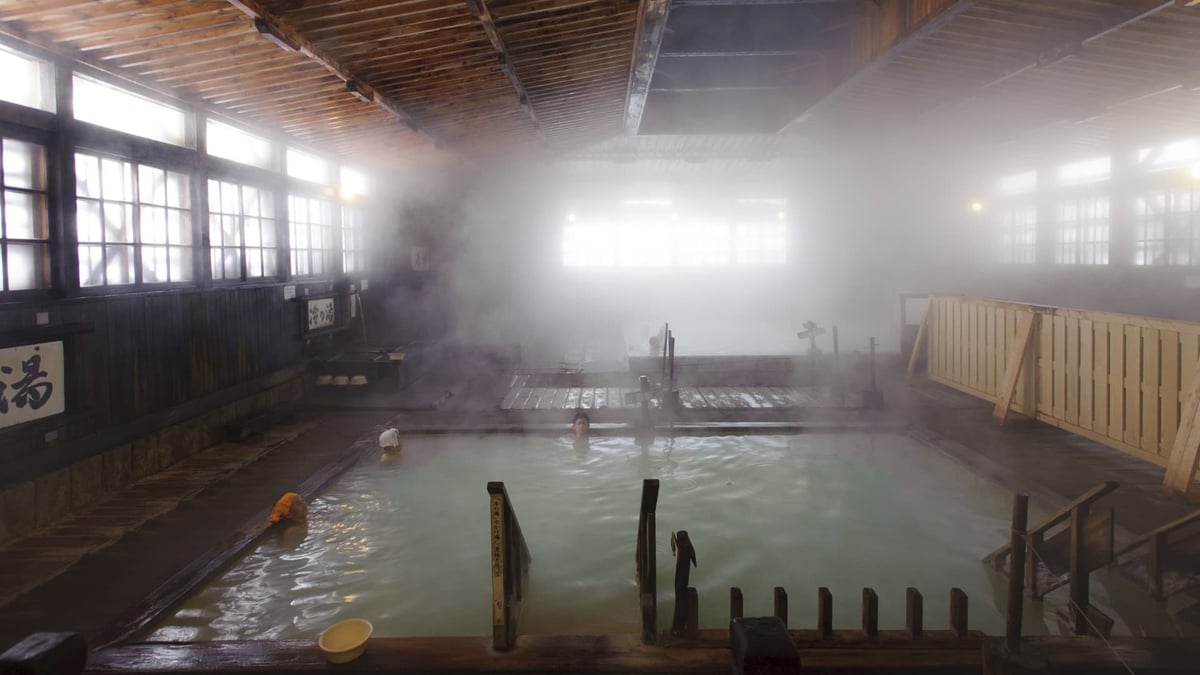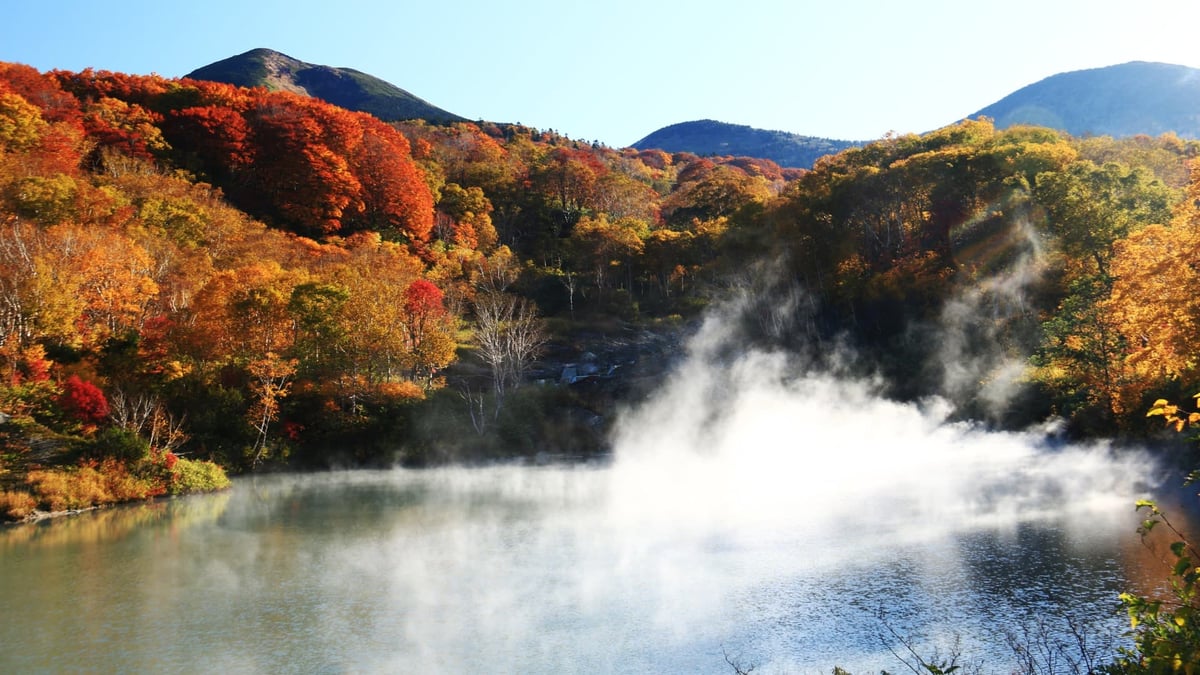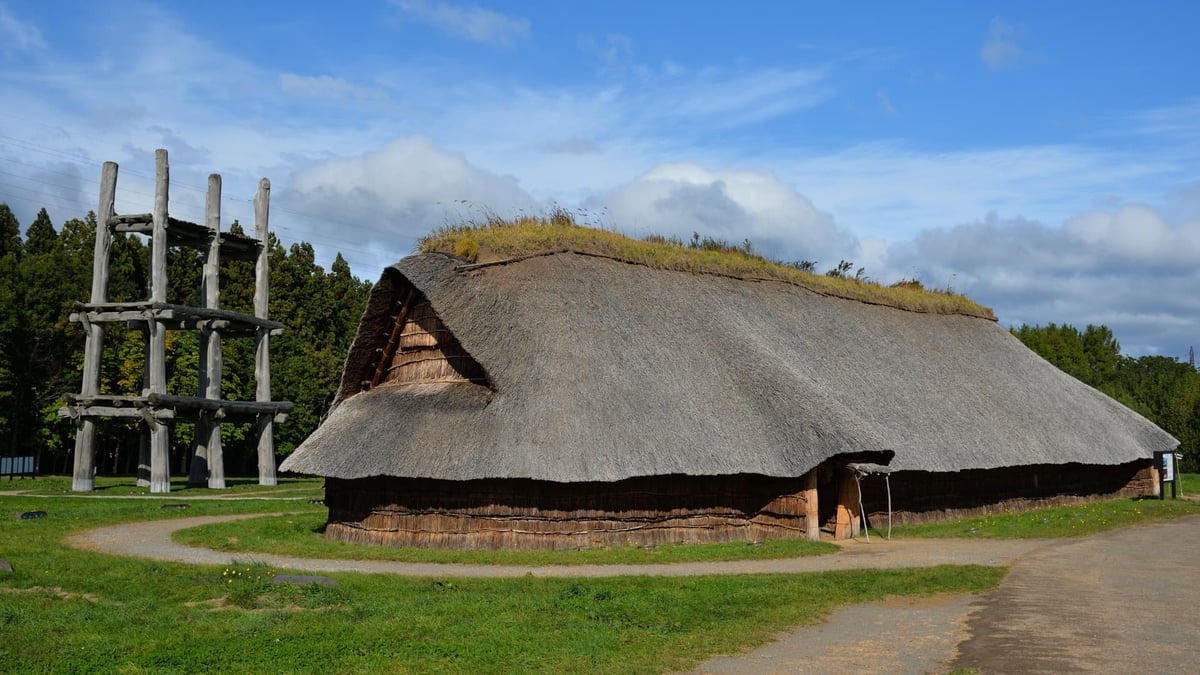🕓 2025/2/12
#観光地
.jpeg?width=732&height=487&name=AdobeStock_462361407%20(1).jpeg)
Table of Contents
- A Castle of Timeless Beauty Through the Seasons | Hirosaki Castle
- A Thousand Years of Steam and Serenity | Sukayu Onsen
- Japan’s Largest Jomon-Era Archaeological Site | Sannai-Maruyama Ruins
Top 3 Must-Visit Attractions in Aomori
ー What is Aomori Prefecture? ー
Aomori Prefecture, located at the northernmost tip of Honshu, is a region rich in history and natural beauty that captivates visitors from around the world.
Historically known as Mutsu (陸奥), Aomori was a key hub for cultural and trade exchanges between Honshu and Hokkaido. It also played a central role in the flourishing Hiraizumi culture, established by the Fujiwara clan of Oshu. Additionally, during Japan’s feudal era, Aomori developed a unique cultural identity under the rule of two major feudal domains: the Tsugaru Domain and the Nanbu Domain.
Aomori's landscapes are breathtaking throughout the year. The region is home to Shirakami-Sanchi, a UNESCO World Heritage Site, as well as Oirase Gorge and the picturesque Gono Line coastal railway. These natural wonders attract countless visitors seeking Japan’s scenic beauty.
Beyond its landscapes, Aomori also offers a rich culinary heritage featuring locally sourced ingredients, as well as traditional crafts, making it an unforgettable destination for travelers.
1. A Castle of Timeless Beauty Through the Seasons | Hirosaki Castle






● The Charm of Hirosaki Castle
Hirosaki Castle, located in Hirosaki City, Aomori Prefecture, is a historically significant castle that continues to captivate visitors with its many attractions. Built in 1611 by Tsugaru Nobuhira, the son of Tsugaru Tamenobu, the castle features one of only 12 original surviving castle keeps in Japan, making it an invaluable historical structure. Notably, it is the only remaining castle keep in the Tohoku region, earning its designation as an Important Cultural Property of Japan.
One of Hirosaki Castle’s greatest attractions is its scenic beauty throughout the seasons.In spring, the castle grounds come alive with approximately 2,600 cherry blossom trees, making it the heart of the Hirosaki Cherry Blossom Festival, which attracts countless visitors.In autumn, the vibrant fall foliage creates a stunning contrast against the castle’s traditional architecture.In winter, the castle is surrounded by a breathtaking snow-covered landscape, offering a completely different kind of beauty.
Additionally, the castle grounds still feature five original castle gates, three yagura (watchtowers), moats, and earthworks from the time of its construction. These well-preserved historical elements allow visitors to experience the atmosphere of the Edo period firsthand.
● The History of Hirosaki Castle

During the Edo period, Hirosaki Castle served as the seat of the Tsugaru clan, which governed Hirosaki Domain and played a central role in the political and economic affairs of the Tsugaru region.
In 1603, Tsugaru Tamenobu initiated the construction of a new castle in Takaoka (modern-day Hirosaki). However, he passed away in Kyoto, halting construction. His successor, Tsugaru Nobuhira, resumed construction, and by 1611, a five-story castle keep was completed under the name Takaoka Castle, which was later renamed Hirosaki Castle.
However, a lightning strike destroyed the castle keep in 1627. Due to the Bakufu (Shogunate) regulations outlined in the Buke Shohatto (Laws for the Military Houses), which limited new castle constructions, the castle keep was not rebuilt for nearly 200 years. Finally, in 1810, the 9th feudal lord, Tsugaru Yasuchika, obtained permission from the Tokugawa Shogunate to rebuild a three-story keep, which stands to this day.
Following the Meiji Restoration, the Haihan-Chiken (Abolition of Domains and Establishment of Prefectures) policy led to the government taking ownership of Hirosaki Castle, converting it into a military garrison. Later, the castle was donated back to the government by the Tsugaru family and opened to the public as a park in 1895.
● How to Get to Hirosaki Castle
- Address: 1 Shimoshirogane-cho, Hirosaki City, Aomori Prefecture
- Google Maps: 弘前城
- Access: About 20 minutes on foot from Hirosaki Station
- Take a bus from Hirosaki Station to Hirosaki Bus Terminal, then get off at Hirosaki Park Bus Stop. From there, it’s a 5-minute walk.




● The Charm of Sukayu Onsen
Sukayu Onsen, located on the mid-slope of Mount Hakkoda in Aomori City, sits at an elevation of approximately 900 meters and is one of the most historic hot spring resorts in Japan. Since the Edo period, it has been cherished as a healing retreat, and it continues to attract many visitors today. The onsen’s most iconic feature is the Hiba Sen'nin Buro, a 160-tatami-mat-sized bathhouse entirely made of hiba wood.
This vast bathhouse is an open, pillar-free space with four distinct baths. Among them, the "Atsu-no-Yu" (Hot Bath) is particularly special, as its spring water gushes directly from the source beneath the tub, allowing visitors to enjoy fresh, natural hot spring water. The waters are strongly acidic and sulfur-rich, giving them a milky-white appearance with a faint sulfur aroma.
The facility consists of a main inn and a healing lodge, with the latter offering a self-catering kitchen for those staying for extended hot spring therapy.Nestled in the pristine nature of Mount Hakkoda, Sukayu Onsen offers stunning views throughout the year. In winter, the area is completely covered in snow, creating a magical, dreamlike landscape.
● The History of Sukayu Onsen

Sukayu Onsen has a history of over 330 years, dating back to 1684 (Jōkyō era, Year 1) when it was discovered. Originally called Shikayu (鹿湯, “Deer Hot Spring”), the name was later changed to Sukayu (酸ヶ湯, “Acidic Hot Spring”) due to its highly acidic waters.
By the mid-Edo period, it had developed as a popular hot spring retreat, and in 1933, the Sukayu Onsen Company was officially established. In 1954, it became Japan’s first nationally designated Health Resort Hot Spring, recognized for its exceptional therapeutic properties and abundant water supply.
Notably, Shikō Munakata, a renowned woodblock print artist, was deeply fond of Sukayu Onsen, where he created many of his works while staying at the resort.
● How to Get to Sukayu Onsen
- Address: Aomori City, Aomori Prefecture, Nakagawa Onsen, Arakawa
- Google Maps Link: Sukayu Onsen
- Walking Directions: About 1 minute walk from the nearest bus stop "Sukayu"
- Train/Bus Information: Take the Hakkoda Sightseeing Bus from Aomori Station and get off at "Sukayu" bus stop.
3. Japan’s Largest Jomon-Era Archaeological Site | Sannai-Maruyama Ruins






● The Charm of Sannai-Maruyama Ruins
Sannai-Maruyama Ruins, located in Aomori City, is one of the largest Jomon-era settlements in Japan. Due to its immense scale and exceptional state of preservation, it is considered one of the most significant archaeological sites for understanding Jomon culture.
The site spans approximately 42 hectares, featuring a variety of well-preserved remains of pit dwellings, large pillar-supported structures, burial sites, and earth mounds.A vast array of artifacts has been unearthed, including pottery, stone tools, wooden artifacts, bone tools, and lacquered objects, all remarkably well preserved. Additionally, more than 2,000 clay figurines (dogu) and other ritual artifacts have been discovered, providing evidence of long-standing religious and ceremonial practices in the settlement.
Visitors can explore the reconstructed pit dwellings and large wooden structures, offering a hands-on experience of life in the Jomon period. The on-site Jomon Jiyukan (Jomon Learning Center) exhibits excavated artifacts and offers hands-on workshops to deepen visitors' understanding of Jomon-era culture.In 2021, Sannai-Maruyama Ruins was recognized as part of the UNESCO World Heritage Site "Jomon Prehistoric Sites in Northern Japan", further cementing its historical significance.
● The History of Sannai-Maruyama Ruins

The Sannai-Maruyama Ruins date back to approximately 5,900 to 4,200 years ago, during the early to mid-Jomon period. This large-scale settlement reveals evidence of long-term habitation, highlighting the stable and sustainable lifestyle of Jomon people.
Archaeological excavations uncovered pit dwellings, large pillar-supported structures, burial sites, and earthworks, along with a wide variety of pottery, stone tools, wooden objects, and bone implements. Among the most notable findings is a massive wooden structure built with chestnut tree pillars, demonstrating sophisticated construction techniques for the time.
These discoveries have made Sannai-Maruyama Ruins an invaluable site for understanding Jomon-era society, culture, and community structure.
● How to Get to Sannai-Maruyama Ruins
- Address: Sannai-Maruyama, Aomori City, Aomori Prefecture
- Google Maps Link: Sannai-Maruyama site
- Walking Directions: About 30 minutes by bus from Aomori Station, get off at the 'Sannai-Maruyama Site Entrance' stop, then a 5-minute walk
- Train/Bus Information: Take the city bus 'Sannai Line' from Aomori Station
■ Related Articles
